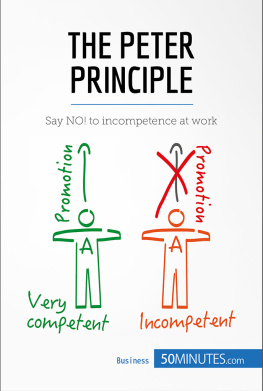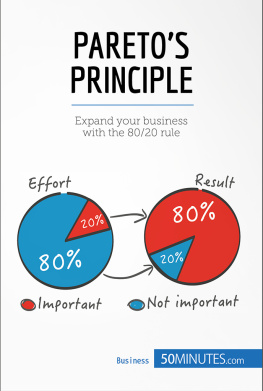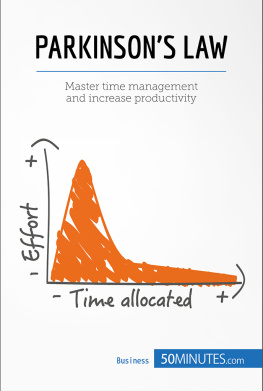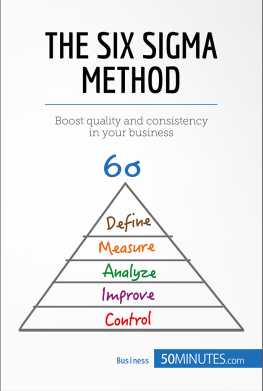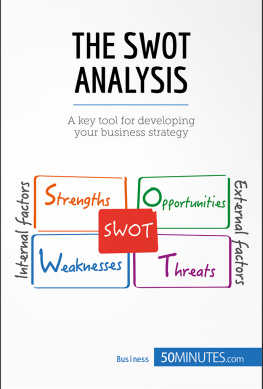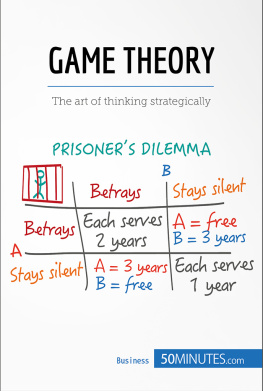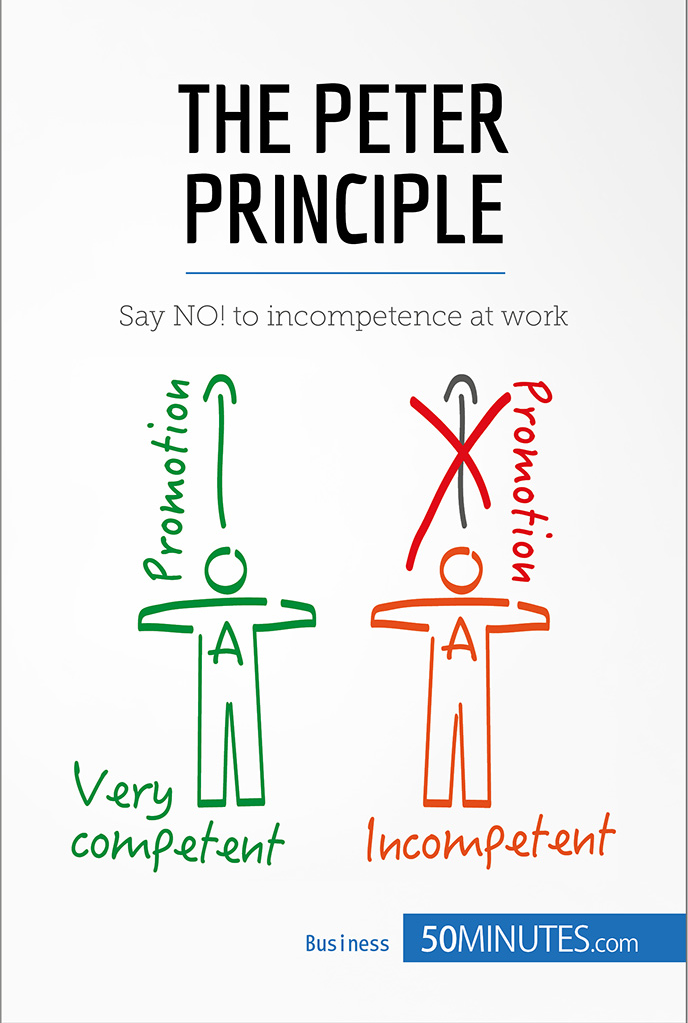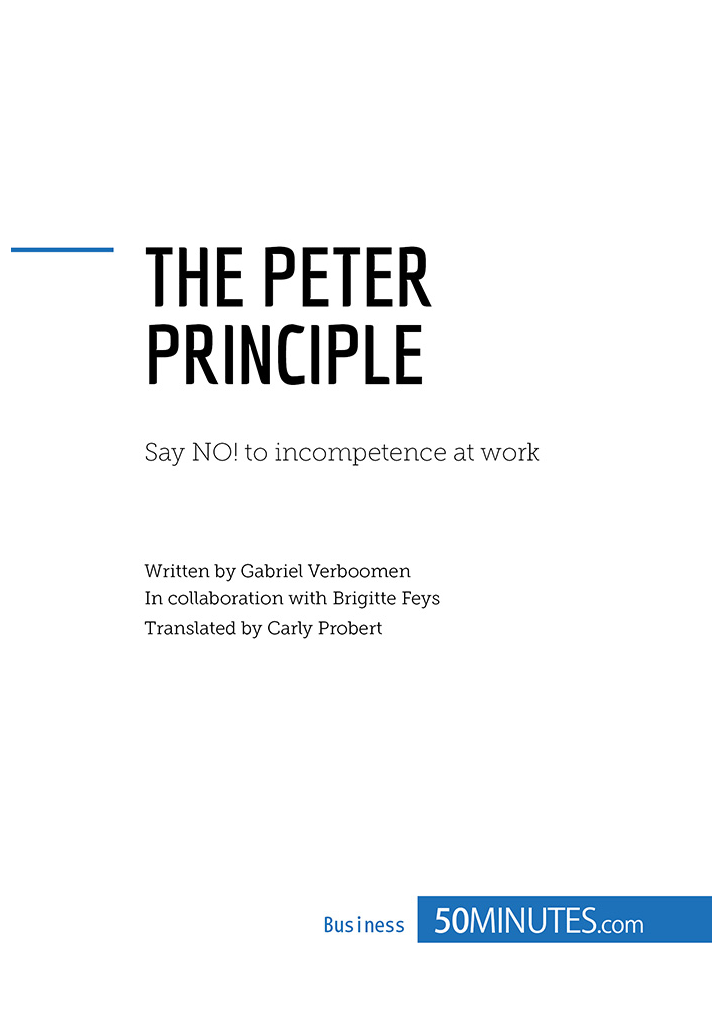The Peter Principle
Key information
- Name: the Peter Principle.
- Uses: human resource and performance management, development of human potential.
- Why is it successful? Its success is uncertain because it depends on the individuals and the organisations.
- Key words:
- Competence: knowledge and know-how required for maximum efficiency in a given position
- Efficiency: synonymous with excellence, the ability of an employee to perform certain tasks with limited resources (time, money, etc.)
- Hierarchy: authority structure within an organisation
- Promotion: appointing a worker to a higher level within an organisation.
Introduction
When considering the Peter Principle, it is particularly important to realise that this model, though enlightening in many given situations, comes from a satirical book and, therefore, must be used with caution to when establishing scientific facts. In the context of increasingly strong hierarchies within organisations, there is the question of internal promotion. Should the competence of an employee be the dominant criterion for determining hierarchical ascension? How can this level of competence be measured? Does an efficient employee necessarily make for a good organiser?
Definition of the model
The Peter Principle states that if an employee is working efficiently at a given hierarchical level, he will be promoted to the next level above and so on, until he reaches the level where he is inefficient. If he cannot be demoted, this means that all structures naturally evolve towards a balance of greater inefficiency.
Although, at first glance, the principle may seem absurd, it does raise some issues regarding human resource management. Who should be promoted for the good of both the individual and the company? And under what conditions should this be done in order to increase overall efficiency?
Theory
Laurence Johnson Peter (Canadian educator and psychologist, 1919-1990)
After graduating in 1958 from Western Washington State College, Laurence J. Peter, originally from Vancouver, quickly became a teacher while pursuing studies in psychology and education sciences, in which he obtained a doctorate degree in 1963. He then directed the Evelyn Frieden Center and acted as an adviser for programs that experienced difficulties at the University of Southern California in 1966.
His first book, Prescriptive Teaching , was published in 1965 but it was not until the publication of The Peter Principle (1969), written in collaboration with Raymond Hull (Canadian writer, 1919-1985), that he became well-known.
The hypotheses of the Peter Principle
The Peter Principle, like all economic models, is based on hypotheses that are useful to investigate. If we only look at the most important, these include (but are not limited to):
- The hierarchical structure of a company is naturally in the form of a pyramid. This simplified view shows the strictly defined hierarchical levels: basic workers are led by a few managers, who are themselves managed by even fewer superior executives and so on.
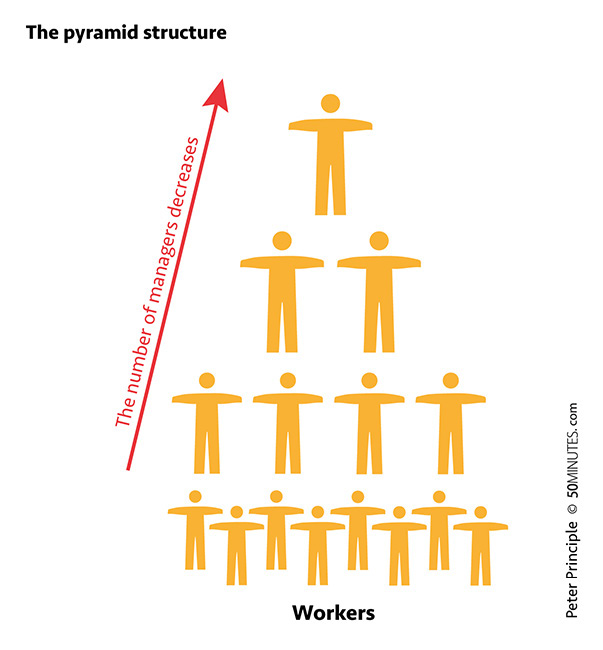
- Working positions are rigid and include set tasks: the worker assigned to a position performs a certain number of tasks. If he fails to do the work expected, it will simply not get done. If he succeeds, he will not be given other tasks. In this regard, however, note that these structural descriptions date back to a certain time and companies are currently much more flexible organisations that work from a project or network, for example.
- The strongest and most controversial hypothesis is what the book refers to as the Peter hypothesis. The level of competence required for a higher hierarchical position is completely independent of the competence required for a hierarchically inferior position. If an employee is the most suitable for a position and is promoted to a higher level, his level of competence after that promotion is completely unpredictable.
According to Jean-Paul Delahaye (French computer scientist and mathematician, born in 1952), if we accept these simplistic assumptions, we are logically assuming that all promotions have a tendency to reduce an employees performance due to two effects:
- The ratchet effect: backtracking is impossible as an employee cannot be demoted. If he is competitive, he will continue to climb the ladder and will not remain in a position where he is efficient. The movement will effectively continue until he reaches a level that is too high, in which he is no longer efficient. The employee is then stuck at this level and cannot be demoted nor continue to rise.
- The statistical effect of regressing towards the average (of the principle of statistical distribution): during a random, normal event, the probability of achieving a result close to average is higher than getting a very high or very low result. Thus, the company, which is fortunate enough to be able to count on an employee that is well above average competency and decides to change their position, once again determines the competence of the employee with a good chance of achieving an average result.
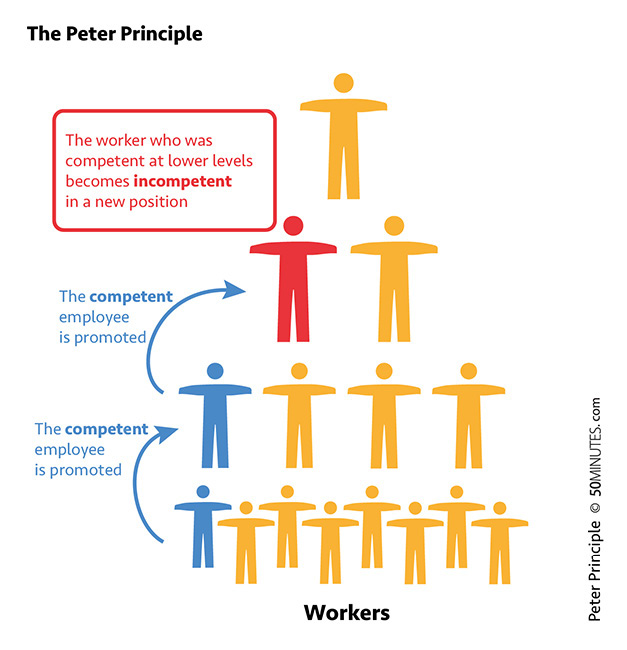
Behind the hypotheses of the Peter Principle lies an inconvenient truth: over time, each position is increasingly likely to be occupied by an incompetent employee, while the higher up a position is in the hierarchy, the more important it is to the overall performance of the structure. This does not mean that the base of the pyramid is any less essential to the proper functioning of the business than the top, it is in fact the reverse. Put simply, if we accept the pyramid structure and place equal emphasis on each level, a position has more importance for the overall performance when there are fewer positions within that level. For example, if there are two managers for five employees, the individual competence of the manager accounts for 50% of the performance of its hierarchical level, while the individual performance of each employee only accounts for 20%.
In the hypotheses of the Peter Principle, particularly that of the ratchet effect, it seems clear that every employee tends to rise to his level of incompetence, so that the natural balance of a structure is that each position is occupied by someone who cannot bear the responsibilities.
The incompetent employees
This principle was conceived by Laurence J. Peter as part of a complete science of organisations that he called hierarchiology.
This seeks to provide concrete applications and confronts his model with the reality of the organisations that he observed. Of course, he notes exceptions to the principle. For example, the most competent are not always promoted. He highlights several cases where incompetent employees are promoted and explains why.

